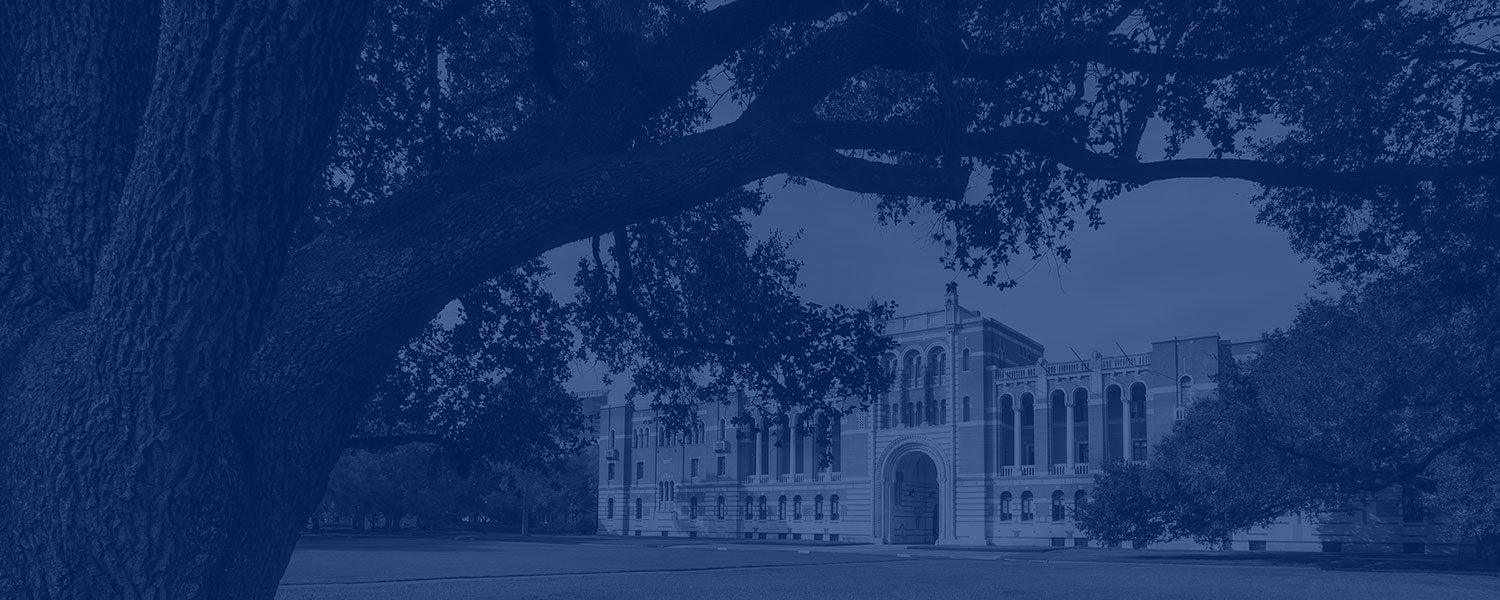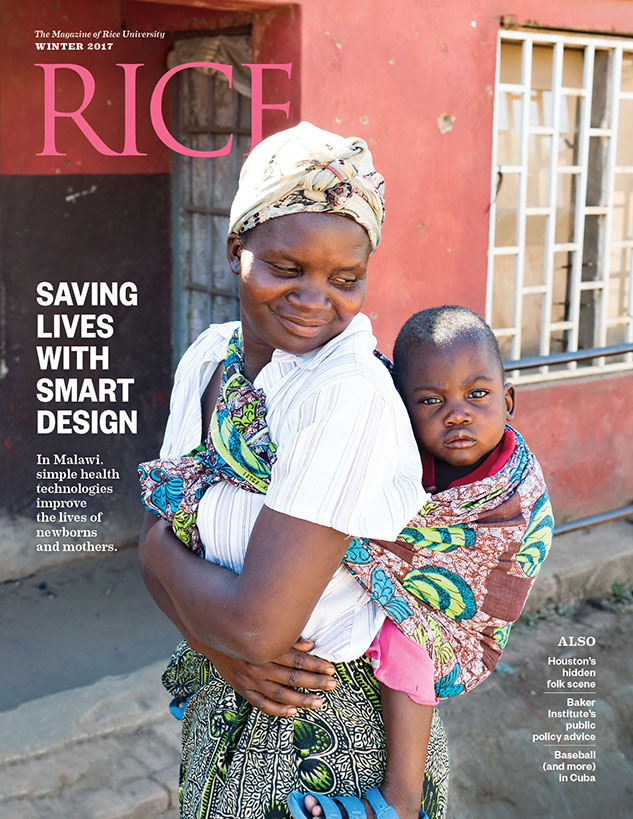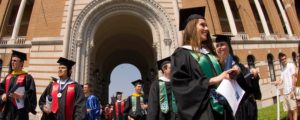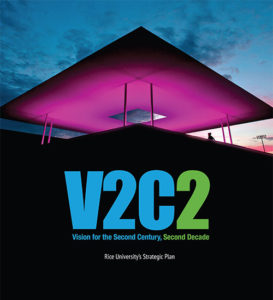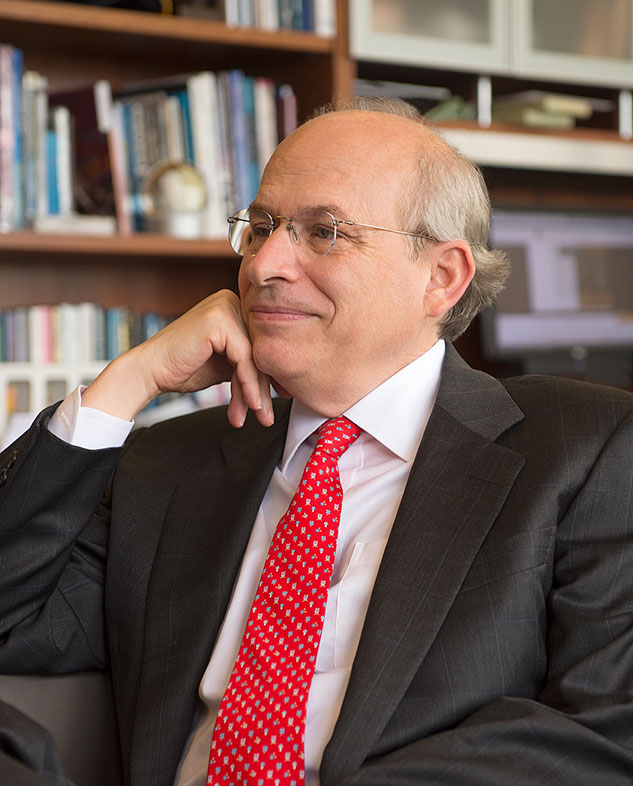 ONE HUNDRED AND NINE YEARS AGO, on Jan. 18, 1908, Edgar Odell Lovett formally accepted the offer of the Board of Trustees of the William Marsh Rice Institute to become the first president of Rice. It took about four years and eight months for the institute to open, teachers to begin to teach and students to learn. It was not simply that the campus location had to be decided, land purchased and buildings constructed. Fundamental decisions as to the nature of the institute had to be made and a plan developed on how best to execute the emerging vision.
ONE HUNDRED AND NINE YEARS AGO, on Jan. 18, 1908, Edgar Odell Lovett formally accepted the offer of the Board of Trustees of the William Marsh Rice Institute to become the first president of Rice. It took about four years and eight months for the institute to open, teachers to begin to teach and students to learn. It was not simply that the campus location had to be decided, land purchased and buildings constructed. Fundamental decisions as to the nature of the institute had to be made and a plan developed on how best to execute the emerging vision.
As Lovett eloquently expressed in his 1912 opening speech, “For this fair day we have worked and prayed and waited. In the faith of high adventure, in the joy of high achievement, we have asked for strength, and with the strength a vision, and with the vision courage.” Those four years were in large part years of vision and planning. It was the university’s first strategic plan. Lovett envisioned an institute of the “highest order,” one that set “no upper limit” on its aspirations.
Universities cannot simply be founded, funded, constructed and launched. They are constantly evolving, setting new aspirations in light of prior achievements (and sometimes failures) and responding to the evolution of higher education and other aspects of our world. Periodically, we must pause — as an institution and a community — to engage again in the conversations that will define and redefine our future, that will build new successes on prior achievements and elaborate a vision that is both bold and true.
We began such a process, which we called the Call to Conversation, 12 years ago, shortly after my arrival at Rice. That culminated in the adoption by the trustees of the Vision for the Second Century, a new mission statement and 10-point plan that would guide us and shape our goals and aspirations for the next decade. Our mission statement evokes the high level of aspiration established at our founding:
As a leading research university with a distinctive commitment to undergraduate education, Rice University aspires to pathbreaking research, unsurpassed teaching and contributions to the betterment of our world.
Why do universities engage in such an elaborate process? It is in part because the support and engagement of each element of our community is necessary to our success. We need not only their knowledge and views in formulating a strategy, but their support and enthusiasm in implementing it. Although our mission has not changed in the last decade, much in the world of higher education has. Technology that threatens to disrupt higher education, changes in the financial model and government regulation are putting great stress on institutions of higher education.
Our world is increasingly competitive as universities from across the globe vie for students and research achievement. The very nature of higher education is changing dramatically, as experiential learning has become at least as important as what takes place in our classrooms.
Rice, in particular, faces challenges in continuing to achieve at the highest levels. As much as our comparatively small size is a distinctive strength of our university, it also makes it more difficult to achieve the level of recognition that we aspire to across the spectrum of our endeavors. Few would dispute that we have to make choices (often, hard choices) about where our priorities must lie over the next stage in our history. And even as we change, we seek to be true to core values, such as making it possible for all students, regardless of their means, to attend Rice and take part in the full benefits of a Rice education.
Just as President Lovett had many conversations over the four years he spent planning and constructing the university, we plan to have those conversations over the next eight to 10 months. Unlike President Lovett, we already have faculty, students, staff and alumni. We have a community here in Houston that already knows what we have brought to this city. And we have friends and supporters around the globe. Today, we have many more ways to gather input, including through technology.
I hope if we have an event in your city, or within a reasonable distance, you will attend and engage in one of these conversations.We are at our strongest when all parts of our community work together to define our aspirations and contribute to their achievement. Regardless of where you are around the globe, you can log into v2c2.rice.edu and give us your thoughts on the fundamental questions we face as a university, and I strongly encourage you to do so. Together we can shape a vision that, like the one launched over a century ago, will enable us to achieve goals that at our founding were scarcely imaginable.

